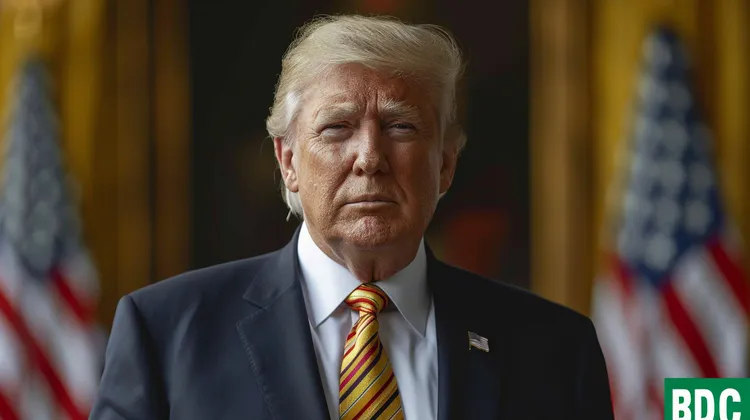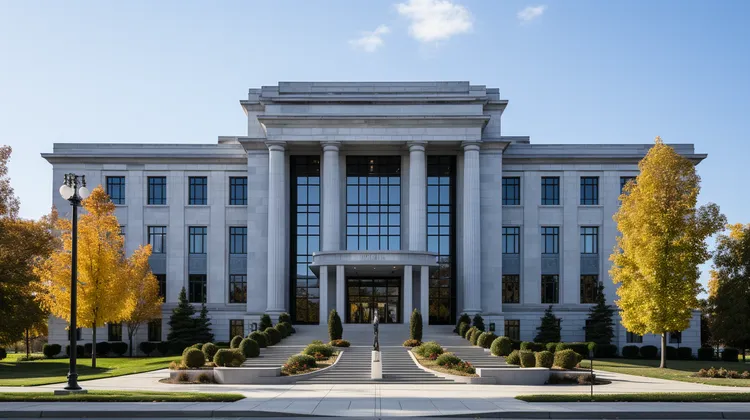In a recent rally that captivated his base, former President Donald Trump made a decisive pledge that reverberated across financial circles and the cryptocurrency community. The crux of his message was clear and forthright: If he were to reclaim the presidency in the next election, Trump vowed to prevent the establishment of a US Central Bank Digital Currency (CBDC) at all costs. His proclamation adds a new layer to the complex conversation surrounding digital currencies and their role in the future of global finance.
The concept of a CBDC is a digital form of a country’s fiat currency, which is backed and issued by the central bank. It’s designed to coexist with traditional banknotes and coins, offering an electronic, efficient, and potentially more secure alternative for financial transactions. It’s precisely these attributes that form the basis of Trump’s objections.
During his speech, the former president articulated concerns over privacy, arguing that CBDCs would grant the government unprecedented access to personal financial data. Trump raised the specter of surveillance and control, questioning the government’s ability to track and monitor citizen spending. The potential for abuse, he postulated, was too great a risk to take, especially when juxtaposed with the privacy offered by physical cash transactions.
The skepticism voiced by Trump is shared by a portion of the libertarian and conservative audience who see the adoption of CBDCs as an overreach of government power. They fear that such a move could lead to a slippery slope of financial censorship, where authorities might block transactions based on political or other subjective criteria.
Trump’s address was not solely focused on the potential downsides. He also touched upon the need to preserve the primacy of the US dollar in international trade and financial markets. The introduction of a CBDC, Trump asserted, could potentially jeopardize this status by injecting uncertainty and undermining the traditional functions of the dollar as the world’s reserve currency.
The former president’s stance aligns with his broader economic and regulatory policies that often favored deregulation and the promotion of private sector innovation. Trump highlighted the vibrancy of the current digital economy and underscored the importance of not stifling it with what he views as premature and potentially restrictive frameworks for digital currencies.
Trump expanded his argument to encompass the broader implications of CBDCs on the financial system. He questioned the impact on financial institutions, raising concerns about the displacement of private banks and other traditional intermediaries in the face of a government-backed digital currency.
Supporters of CBDCs, meanwhile, posit that they offer numerous advantages, including increased efficiency of payments, lower transaction costs, and enhanced security features. Proponents also argue that a US CBDC could provide a powerful tool for fiscal and monetary policy, giving the government and the Federal Reserve more direct ways to manage economic cycles.
Further into his speech, Trump didn’t fail to mention the current private digital currency environment. He acknowledged the rise of cryptocurrencies like Bitcoin and Ethereum, noting the importance of fostering an environment where innovation can thrive without fear of government overreach. Trump suggested that private digital currencies could coexist with traditional fiat ones, provided the proper balance between regulation and innovation is struck.
Environmental concerns also made it to the podium as Trump criticized the energy consumption associated with some blockchain technologies, a factor he insinuated could be wielded by other nations to discredit American leadership in technology. He emphasized the importance of maintaining an eco-conscious approach to financial innovation – a surprising nod towards environmental considerations from an administration that was often criticized for its stance on climate change.
As the speech drew to a close, Trump positioned himself as a defender of individual freedoms, fiscal conservatism, and the protector of America’s monetary sovereignty. His vow to block the creation of a CBDC was couched in the larger context of his vision for safeguarding American values and interests in the face of a rapidly evolving digital landscape.
The response to Trump’s promise has been mixed. While some have celebrated his commitment to privacy and economic freedom, others have condemned it as a hindrance to progress and evolution in the financial sector. The CBDC debate encapsulates the broader ideological divide over the role of government in a digitally augmented economy.
Looking forward, the conversation surrounding CBDCs is unlikely to abate. With or without Trump’s influence, the US and other nations face a pivotal decision in shaping the trajectory of their monetary futures. The pledge made by the former president adds a political dimension to what is already a highly technical and complex debate, indicating that the path to a potential US CBDC or continued support for private digital currencies will be anything but straightforward.




Trump’s emphasis on innovation over regulation is exactly what we need right now.
His pledge could really protect the integrity of our financial system.
Not a fan of surveillance, but can’t we address that without killing the whole CBDC idea?